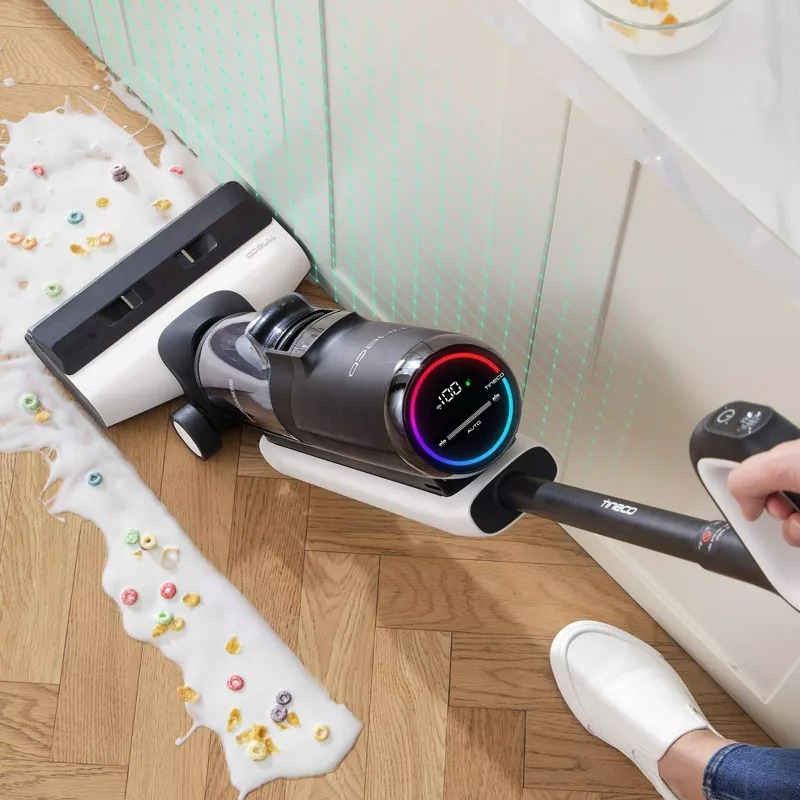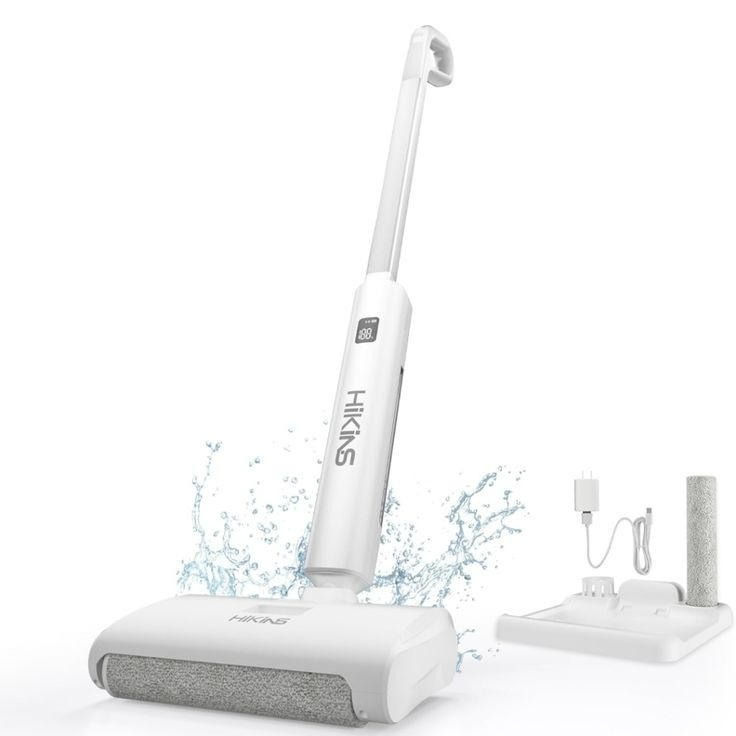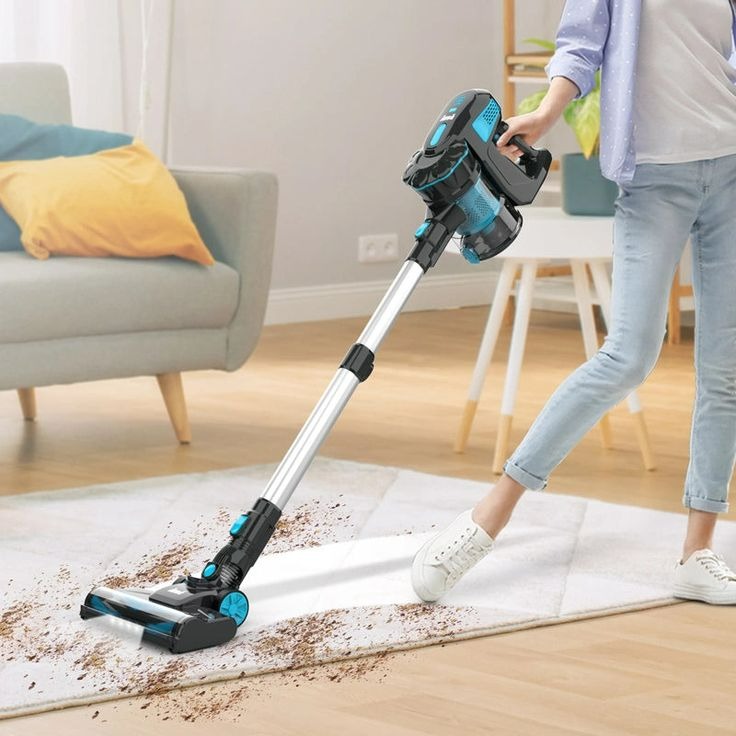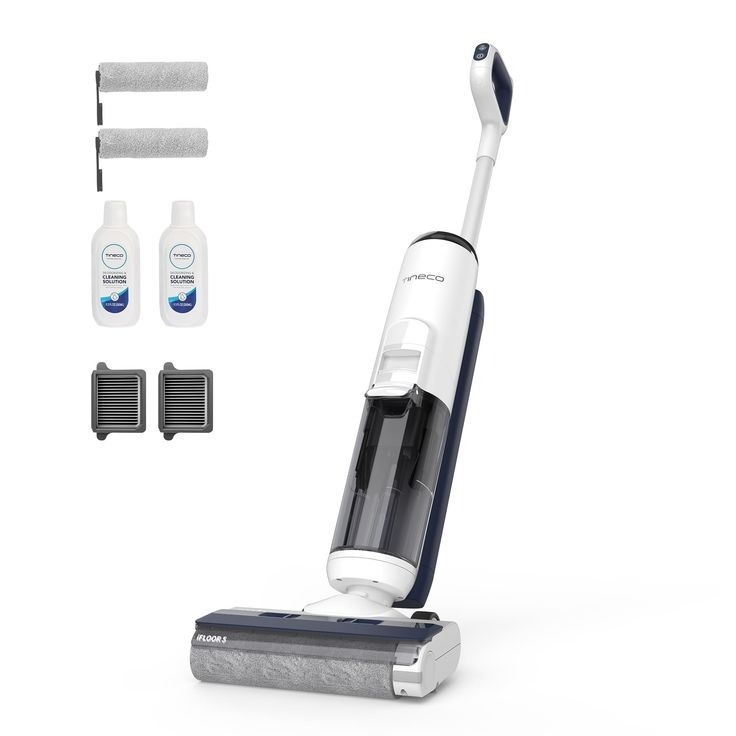The Importance of Regular Floor Mopping
Regular floor mopping is a key element in maintaining a clean home environment. It removes dirt, grime, and allergens that accumulate daily. Without it, these unwanted guests make floors look dull and can even degrade floor quality over time. Sanitation is another critical reason for regular mopping. It helps eliminate bacteria and viruses that can thrive on floor surfaces.
When considering how often to mop your floors, it’s essential to strike a balance. Too infrequent, and your floors may become a hotbed for germs. Too often, and you might wear out your floors prematurely. Mopping frequency can depend on several variables, including the type of flooring, the level of foot traffic, and the presence of children or pets.
To summarize, mopping regularly:
- Keeps floors looking their best.
- Contributes to a healthier living space by removing dirt and allergens.
- Helps prevent the spread of germs.
- Extends the life of your flooring by preventing buildup of grime.
In the end, the goal is to develop a mopping routine that fits your lifestyle while ensuring your floors stay in top condition. For those wondering how often you should mop your floors, remember, there is no one-size-fits-all answer. Your home’s specific needs should guide your schedule.

Choosing the Right Mopping Schedule
Choosing the right mopping schedule is more art than science. It hinges on various elements unique to your home. For example, homes with pets or children may need more frequent mopping. Likewise, high-traffic areas will accumulate dirt faster, necessitating a more diligent mopping calendar. The type of flooring you have is also critical. Hardwood floors may require less frequent mopping compared to tile or linoleum.
Here are steps to help you decide ‘how often should you mop your floors’:
- Assess the Floor Traffic: More footsteps mean more dirt. Mop high-traffic zones weekly.
- Consider the Room Usage: Kitchens and bathrooms may need more frequent mopping.
- Account for Pets and Children: Their active presence might prompt more regular mopping.
- Examine Floor Type: Follow the manufacturer’s guidelines for your floor material.
- Watch for Visible Dirt: Sometimes, you can see when a floor needs mopping.
- Sniff Test: If the floor starts to have an odor, it’s time to clean.
Remember, while devising a mopping schedule, more is not always better. You want to clean enough to maintain hygiene and aesthetics but not so much that you wear down your floors prematurely. Regular evaluations of your floor’s condition can help you establish the right mopping frequency for your household.
Factors Affecting Mopping Frequency
Several factors should guide ‘how often should you mop your floors’. Understanding these can help you create a mopping schedule that fits your home’s needs.
- Type of Flooring: Different materials have different requirements. Some floors need regular mopping, while others may suffer from too much moisture.
- Level of Foot Traffic: Busy households with many people coming and going will need to mop more often.
- Presence of Pets and Children: More activity often means more messes, leading to a higher mopping frequency.
- Area of the House: Kitchens and bathrooms usually require more frequent cleaning due to higher potential for spills and germs.
- Local Climate: Humid environments may cause floors to attract more dirt and require more frequent mopping.
- Spill Frequency: Homes where spills are common will need to mop up more often to avoid stains and odors.
It’s important to note that while these factors are common, every home is unique. Review these considerations to tailor your mopping routine to your specific situation.

Common Myths About Floor Mopping Debunked
Despite common beliefs, not every assumption about mopping holds true. Here, we clear up some misconceptions.
Myth 1: You must mop daily to keep floors clean. This is not always necessary. The right frequency depends on your home’s foot traffic, presence of pets, and type of flooring.
Myth 2: Mopping with just water is enough. While water can help, using the right cleansers ensures a deeper clean and helps eliminate germs.
Myth 3: All floors can handle the same amount of water. This is incorrect. Wood floors can warp with too much moisture, while tile can generally handle more water.
Myth 4: The more detergent, the better. This can leave a residue that attracts more dirt. Use detergent sparingly and according to the instructions.
Myth 5: Mopping alone disinfects floors. Mopping removes dirt and some germs but may not disinfect completely. For full disinfection, you might need a specific cleaner.
Understanding the truth behind these myths can lead to more appropriate mopping practices. It ensures cleanliness without risking damage to your floors or overworking yourself. Remember, tailor your mopping routine to your home’s specific circumstances, considering how often they are used and by whom.
The Best Tools and Materials for Efficient Mopping
When it comes to efficient floor mopping, the right tools and materials matter. Having them can make the job quicker and more effective.
Mop Types:
Flat mops are ideal for hardwood and laminate floors as they spread moisture evenly. Sponge mops work well on tile and textured surfaces. String mops can cover large areas and are great for deep cleaning.
Mop Heads:
Consider microfiber mop heads for their durability and ability to trap dirt. They’re also machine washable.
Buckets:
Use a bucket with a wringing mechanism. This will help control water usage and protect your floors from excess moisture.
Cleansers:
Choose cleansers made for your specific floor type. Look for pH-neutral solutions to prevent damage.
Water Temperature:
Warm water is usually more effective at breaking down grime compared to cold water.
Other Tools:
A good dustpan and brush, or a vacuum designed for hard floors, can help remove debris before mopping.
The goal is to select tools that suit your floor type and cleaning style. This ensures you’re not overworking or damaging your floors. Remember, appropriate tools can greatly influence how often you should mop your floors by making each session more effective.

How Over-Mopping Can Damage Your Floors
While it’s clear that regular mopping is necessary for clean floors, over-mopping comes with risks. Over-mopping refers to cleaning the floors with water and detergent more often than needed. This practice can lead to several issues for different types of flooring. Here’s what might happen if you mop too frequently:
- Degradation of Floor Materials: Excessive water can cause warping, especially in wood floors. It can also lead to peeling in vinyl and laminate flooring.
- Buildup of Residue: Using too much detergent or not rinsing properly can create a sticky layer that attracts more dirt.
- Mold and Mildew Growth: Wood and carpeted floors are particularly vulnerable to excess moisture, which can create a habitat for mold and mildew.
- Grout Damage: Too much water on tile floors can weaken and crack the grout between tiles over time.
- Sealant Breakdown: Some floors have sealants to protect them. Over-mopping can wear away these protective layers prematurely.
To protect your floors from damage, it’s essential to understand ‘how often should you mop your floors’ based on your specific circumstances. Remember, it’s not only about frequency but also the technique and tools you use. Strike a balance between keeping your floors clean and preserving them for the long term. Always follow the manufacturer’s recommendations for your flooring type to ensure that you are not causing more harm than good with your cleaning routine.
Tips for Maintaining a Clean Floor Between Mopping Sessions
Proper floor care doesn’t stop at mopping. Here are tips to keep your floors clean in between mopping sessions:
- Sweep or Vacuum Daily: Peel dirt and debris off daily. Use a soft-bristle broom or a vacuum fit for hard floors.
- Immediate Spill Cleanup: Wipe away spills as soon as they happen. This helps prevent stains and odors.
- Place Mats at Entryways: Mats trap dirt before it spreads. Remember to shake them out often.
- Leave Shoes at the Door: Shoes track in dirt. Keep them off to lessen floor filth.
- Use Floor Protectors: Stick felt pads to furniture legs. This helps prevent scrapes and scratches.
- Monitor Pet Cleanliness: Clean their paws when they come in. It stops mud and filth from marking your floors.
By following these simple steps, you can reduce how often you should mop your floors and keep your home looking and feeling clean.
The Role of Foot Traffic in Determining Mopping Needs
When figuring out ‘how often should you mop your floors’, foot traffic plays a key role. High-traffic areas, like hallways and kitchens, collect dirt and dust quickly. In these spaces, you might need to mop weekly or even more often. Rooms with less foot traffic, such as bedrooms, might not need it as much.
Here’s how to adjust your mopping schedule based on foot traffic:
- Evaluate the Traffic: Check how busy the area is. More people means more frequent mopping.
- Set Priorities: Focus on areas that see the most shoes. These spots typically need more attention.
- Observe Changes: More guests or parties? Your mopping frequency might need a temporary boost.
- Stay Flexible: Be ready to mop more often when the seasons change. Wet or muddy times call for it.
Balancing mop work with foot traffic keeps your floors in shape and your home clean. Remember, it’s not just about the number of times you mop, but when and where you do it that counts. Plan your mopping around your home’s busiest paths, and keep an eye on how these change over time.
